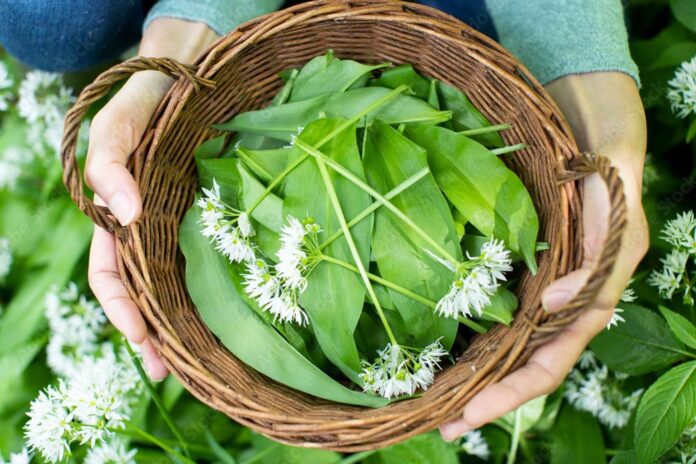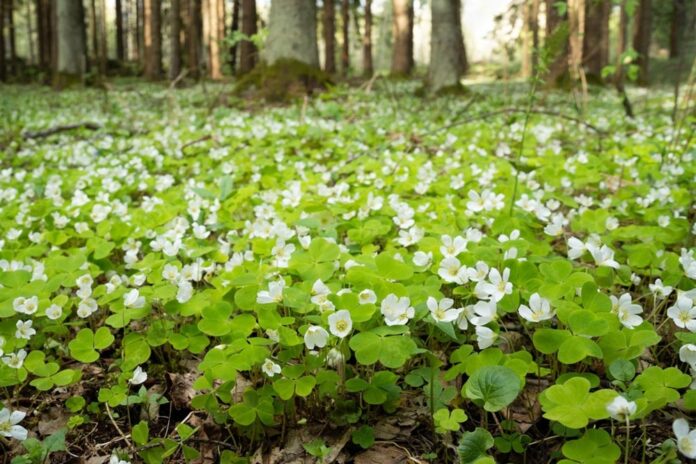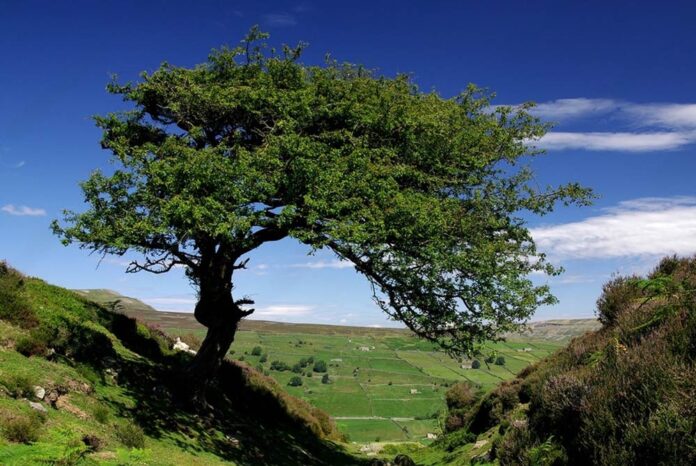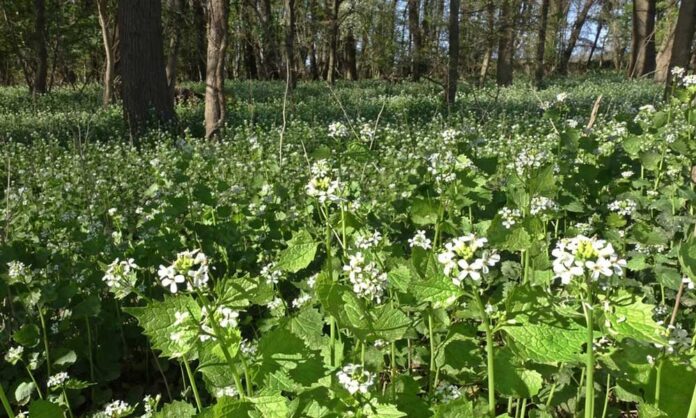The crumbling walls of Marblehill House in County Galway, Ireland, whisper tales of a bygone era. But beyond the whispers of the past lies a different kind of enchantment – the potential for a culinary adventure hidden amongst the trees.
Here, we delve into the nature of Chanterelle mushrooms, a prized delicacy, and their connection to the woodlands surrounding this
historic landmark.
The Elusive Chanterelle: A Symphony of Flavour
The Chanterelle mushroom, also known as the Girolle (Cantharellus cibarius), is a trumpet-shaped delight for the senses. Its golden form, reminiscent of a miniature fanfare, peeks through the damp woodland floor, beckoning adventurous foragers. But its allure goes beyond its captivating appearance.
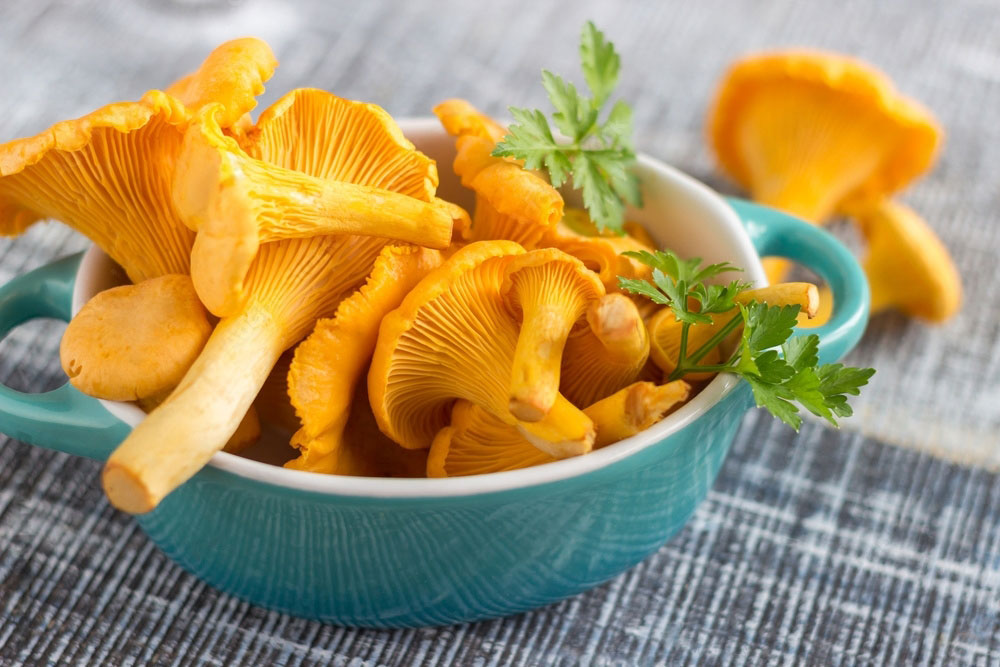
Chanterelle mushrooms boast a unique fragrance – a delightful blend of apricot and pepper – that translates into an unforgettable culinary experience. Their peppery taste adds a depth of flavour to countless dishes, making them a favourite among chefs and gourmands alike.
A Sanctuary in the Woods: The Perfect Stage for the Chanterelle
● A Web of Roots: A Symbiotic Dance Chanterelle mushrooms engage in a fascinating dance with specific trees, particularly oaks and beeches. They form a mycorrhizal relationship, a mutually beneficial partnership where the fungus aids the tree in nutrient uptake while receiving sugars produced by the tree through photosynthesis.
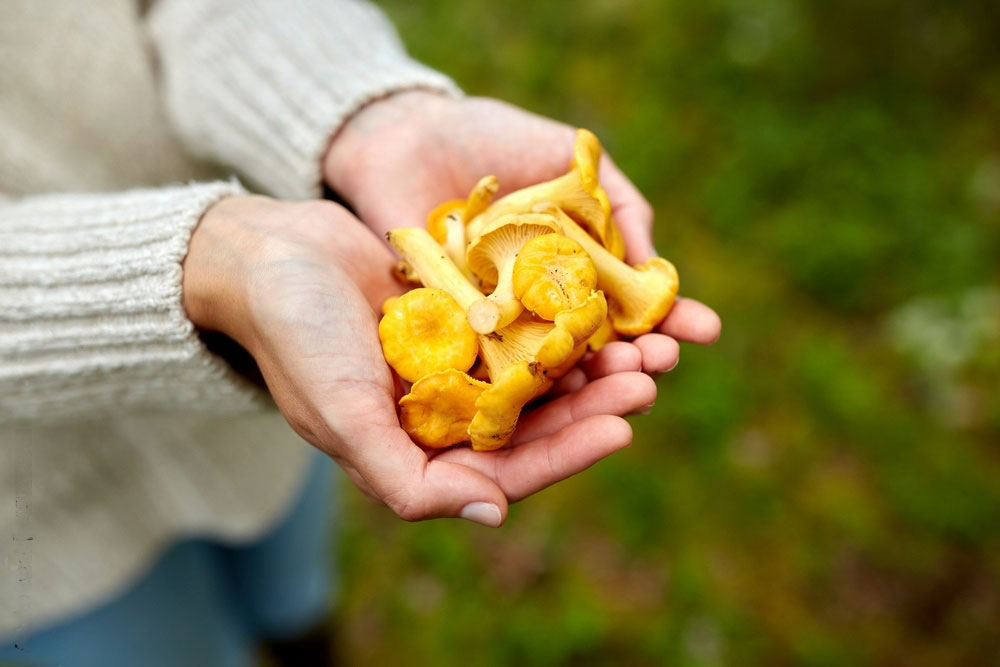
Woodlands with a healthy population of these trees create the perfect stage for Chanterelle mushrooms to flourish.
● A World of Damp Delight: Imagine the hushed symphony of the woodland floor – the gentle rustle of leaves, the pitter-patter of rain, the gurgle of a hidden stream. These elements combine to create the moist, shady haven that Chanterelle mushrooms crave. Woodlands, with their layers of decaying leaves and rich organic matter, provide the perfect level of humidity and darkness for these fungi to fruit.
The Responsible Forager: Harmony with Nature
● Respecting the Land: Always identify the land ownership before venturing into the woodlands. Never trespass on private property. Respecting the rights of landowners is crucial for maintaining access to these foraging grounds.
● Sustainable Practices: A Delicate Balance Chanterelle mushrooms are a wild resource, and overharvesting can disrupt the delicate balance of the ecosystem. If you’re fortunate enough to find them, practice sustainable foraging techniques. Take only what you need, leaving enough for the mycelium (the vegetative network of the fungus) to regenerate and ensure a future bounty.
Exploring the Mycological Marvels: A Journey Beyond the Find
The allure of Marblehill extends beyond the potential for a delicious discovery. Here are some ways to deepen your exploration:
● Guided Forays: Learning from the Experts Mushroom hunting groups often organize forays in nearby woodlands. These guided expeditions, led by experienced foragers, offer a safe and educational way to learn about wild mushrooms, including the elusive Chanterelle.
● The Wisdom of Field Guides: Unveiling the Secrets Invest in a reputable wild mushroom identification guide. This invaluable resource will equip you with the knowledge to distinguish Chanterelle mushrooms from their potentially dangerous lookalikes. Remember, never consume a wild mushroom unless you are 100% certain of its identification.
● A Symphony of Respect: Preserving the Balance Responsible foraging goes beyond simply taking. By leaving the environment undisturbed and minimizing your impact, you help ensure the continued existence of these fascinating fungi for future generations to appreciate.
The Enchantment of Marblehill: A Tapestry Woven with History and Nature
The lure of Marblehill transcends the potential for a delectable mushroom find. Its rich history and captivating architecture intertwine with the natural beauty of the surrounding area, including the woodlands, creating an environment waiting to be explored.
As you venture into the woods, keep an eye out for the tell-tale signs of Chanterelle mushrooms. But remember the true treasure lies in the experience itself – the joy of foraging, the respect for the environment, and the appreciation for the delicate balance of nature’s symphony.


